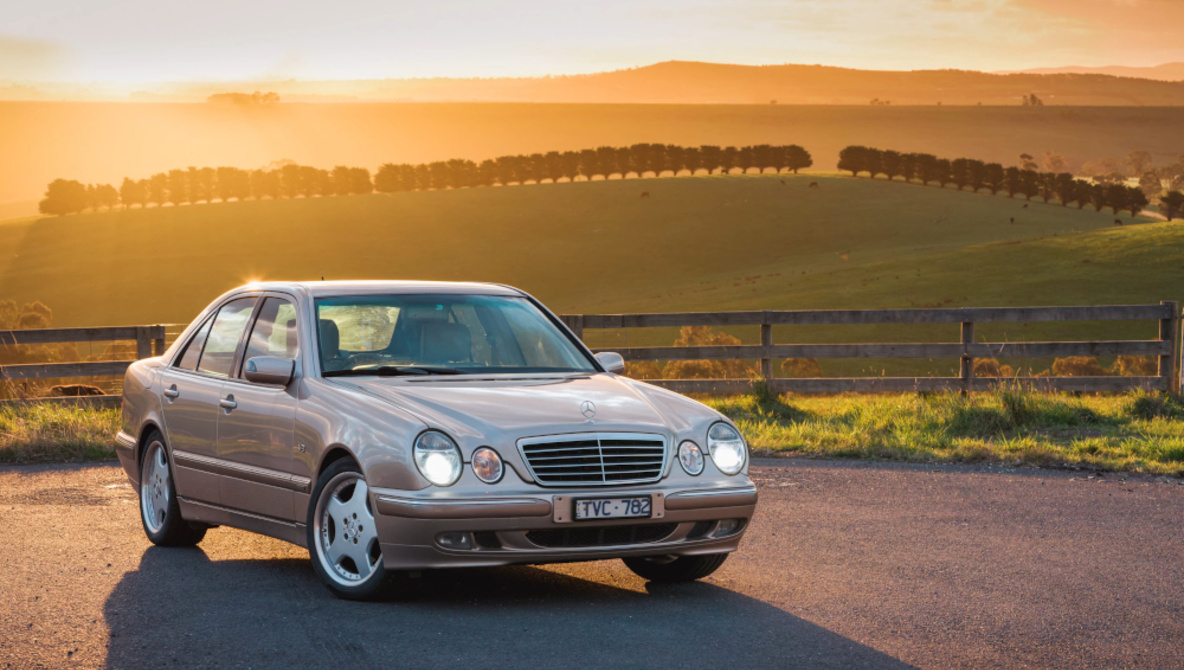Hasselblad has introduced its latest lens, the 35-100mm E, designed to enhance the experience of car photography. This new product aims to provide versatility for photographers, allowing them to capture compelling images of vehicles in various settings without the need for frequent lens changes. The lens caters to both automotive and landscape photography, making it a potential replacement for multiple prime lenses.
In a detailed video review, photographer Fritz discusses the unique benefits of this lens. He highlights its zoom range, which he believes is ideal for capturing cars, landscapes, and even portraits. According to Fritz, the 35mm setting is perfect for wider shots of vehicles, while the 100mm end excels in revealing intricate details. This flexibility allows photographers to cover a range of scenarios without the burden of carrying multiple lenses.
Fritz, who has experience using Hasselblad’s prime lenses, notes that the new lens maintains high sharpness levels, a crucial factor for those hesitant to transition from primes. He points out that the 35-100mm E can effectively handle approximately 95% of his car photography and around 90% of his landscape work. The lens adds practicality and convenience, which sets it apart from others on the market.
The specifications of the 35-100mm E lens further illustrate its capabilities. With a focal length of 36 to 97mm (35mm equivalent: 28 to 76mm), it features a maximum aperture range from f/2.8 to f/4 and a minimum aperture of f/32. The lens is designed for the Hasselblad X Format and weighs 894 grams. Its optical construction consists of 16 elements arranged in 13 groups, although it lacks built-in image stabilization.
Fritz also compares the 35-100mm to the earlier 35-75mm lens, explaining the significance of the additional focal length. He emphasizes that for landscape photography, the ability to compress distant hills enhances depth and visual interest. In car photography, the longer focal length helps capture form without distortion. While the 35-100mm E lens covers a broad range of needs, Fritz acknowledges that for specific situations, such as photographing interiors or extreme environments, wider options still hold their value.
Looking ahead, Fritz mentions Hasselblad’s “holy trinity” of zoom lenses, which currently includes the 35-100mm and the 20-35mm versions. He anticipates that a telephoto zoom lens, possibly in the 100-250mm range, will complete the set, providing photographers with an all-encompassing kit.
While pricing details have yet to be confirmed, it is expected that the 35-100mm E lens will be a cost-effective alternative for those considering purchasing a full set of prime lenses. For many photographers, this lens could simplify their gear while maintaining high-quality results.
For a comprehensive review and demonstration, viewers can check out the video featuring Fritz, who is not only a dedicated photographer but also a meteorologist. His insights into the functionality and versatility of the 35-100mm E lens may guide photographers in their decision-making process.
